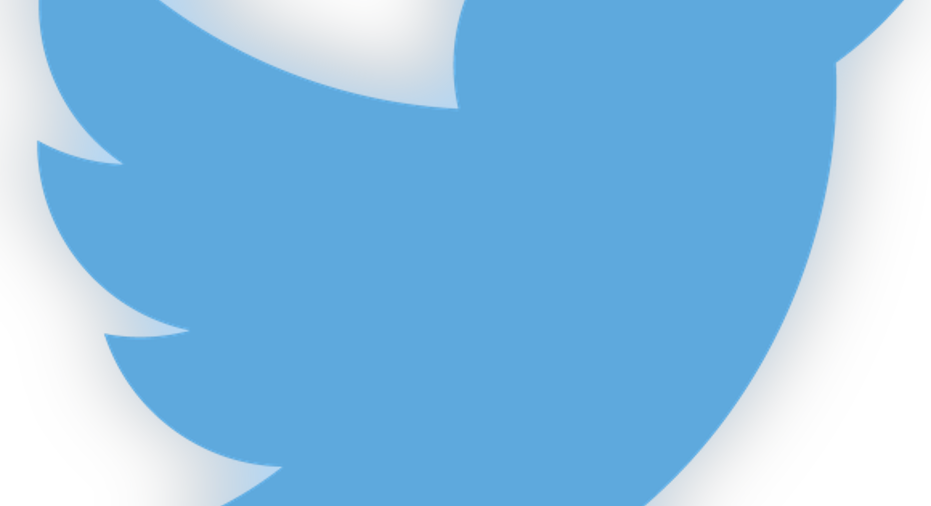Is This the First Sign of Twitter's Product Revival?

Source: Twitter.
Change is in the air at beleaguered microblogging platform Twitter . So far, though, much of the recent optimism among observers and investors, myself included, focuses on what the future might hold, rather than the challenges at hand.
Put another way, aside from its savvy Moments feature, Twitter has yet to make good on the product renaissance we were promised following Jack Dorsey's return to Twitter's top spot.
Until now.
Coming to a timeline near you Last week, Twitter confirmed thatit had begun running long-hinted experiments on users' timeline structures. The tests involve reorganizing the timeline's method of displaying tweets from its original chronological order to an algorithm-powered approach that determines timeline placement based on popularity.
Tweets currently flow in the order they were posted, as they have since the service's founding. And apparently a proportion of Twitter's user base strongly favors this presentation. News of the experiments invoked a furor of Internet ire the likes of which only, ironically, social media can inspire.
The move comes amid a number of other notable experiments from Twitter, though few have incited the same degree of reaction from parts of Twitter's audience.
Last week, for example, Twitter announced a new program that will allow Twitter advertisements to appear alongside tweets that appear on third-party websites or search engines, which the company says will increase its advertising exposure to over 500 million more users. This is a great idea, and, combined, these moves demonstrate that management's turnaround talk goes far beyond lip service. However, they still fall short of the watershed kind of change Twitter needs to maintain investor confidence.
In need of a game-changer So far, I'm strongly in favor of most of Twitter's moves. Although some change-averse Twitter users decry the popularity-based approach, emphasizing, as we saw, that "Twitter is not Facebook," presenting users with the most relevant content first seems like a surefire way to boost engagement. Higher user engagement translates to increased advertising opportunities, but Twitter needs a more sizable product innovation to make its turnaround matter.
Twitter's user growth is its defining problem. It's done a commendable job increasing how much money it makes off each user, but it can't justify its current valuation, which is arguably tenuous in its own right, without meaningfully adding to its ranks. More substantial product innovation is likely to be essential to drive the kind of user growth Twitter really needs.
Twitter has emerged as a powerful media platform, and it can grow further into that role if smaller-scale initiatives such as Periscope continue to evolve as many think it will. To me, the most obvious way for Twitter to attract new users is to find a new product that complements its core Tweet product but caters to the needs of consumers of information who don't want it distilled into 140 characters. For example, adding a mobile-friendly modern publishing platform, a la Medium or Quartz, could be complementary to core Twitter but also appeal to users who want more than just tweets.
The point is that a game-changer for Twitter would be an entirely new product, rather than intelligent tweaks to its current product -- which is where much of the present experimentation has focused.
Extending its ads beyond its platform could be a boon if Twitter can do a good job monetizing those out-of-network users. Many believe, myself included, that Twitter is only scratching the surface of what it could become someday. However, it will be hard to get excited about investing in its still-richly valued stock without a more substantial addition to its core product.
The article Is This the First Sign of Twitter's Product Revival? originally appeared on Fool.com.
Andrew Tonner has no position in any stocks mentioned. The Motley Fool owns shares of and recommends FB and TWTR. Try any of our Foolish newsletter services free for 30 days. We Fools may not all hold the same opinions, but we all believe that considering a diverse range of insights makes us better investors. The Motley Fool has a disclosure policy.
Copyright 1995 - 2015 The Motley Fool, LLC. All rights reserved. The Motley Fool has a disclosure policy.